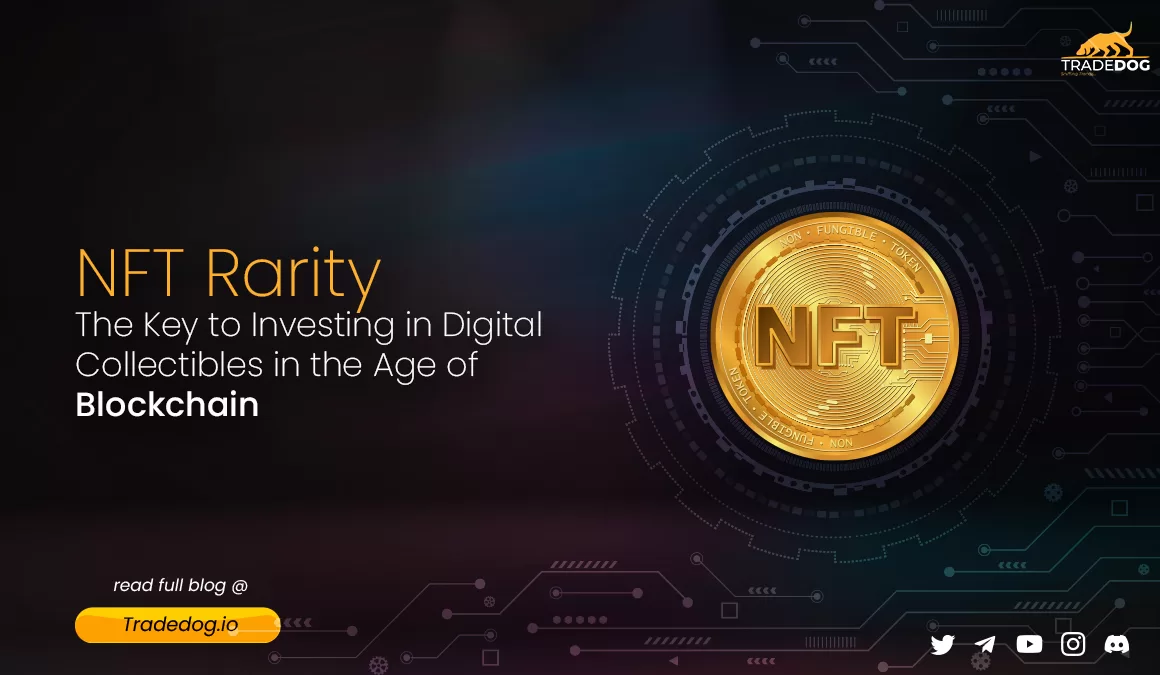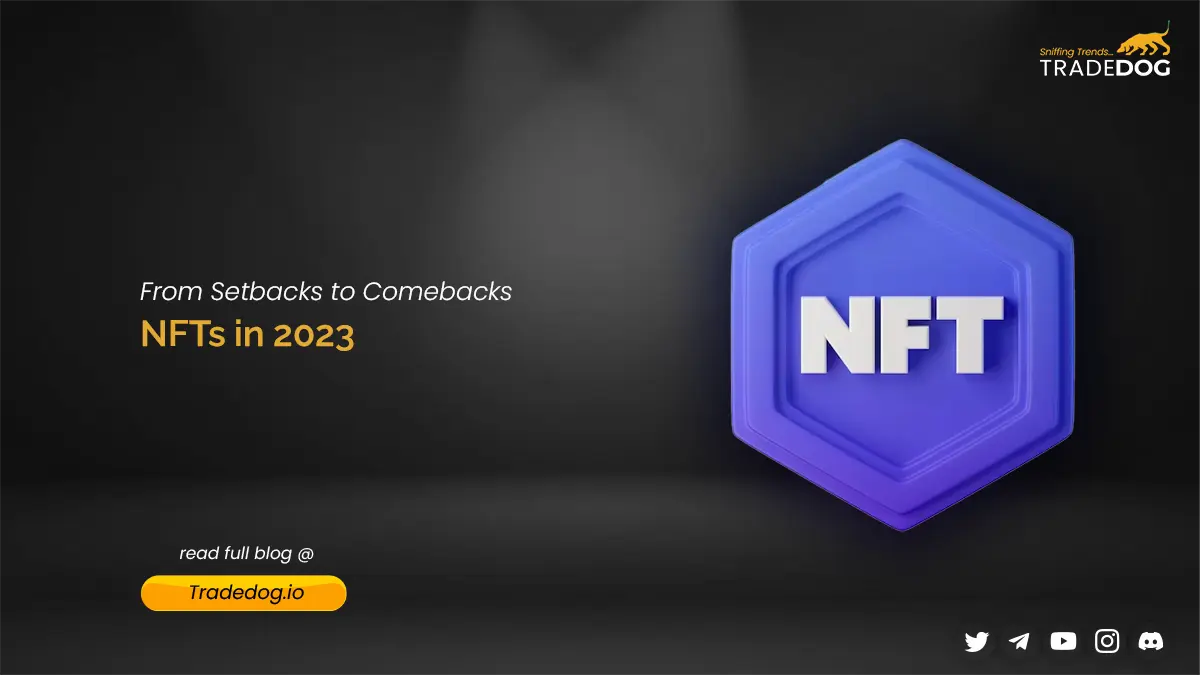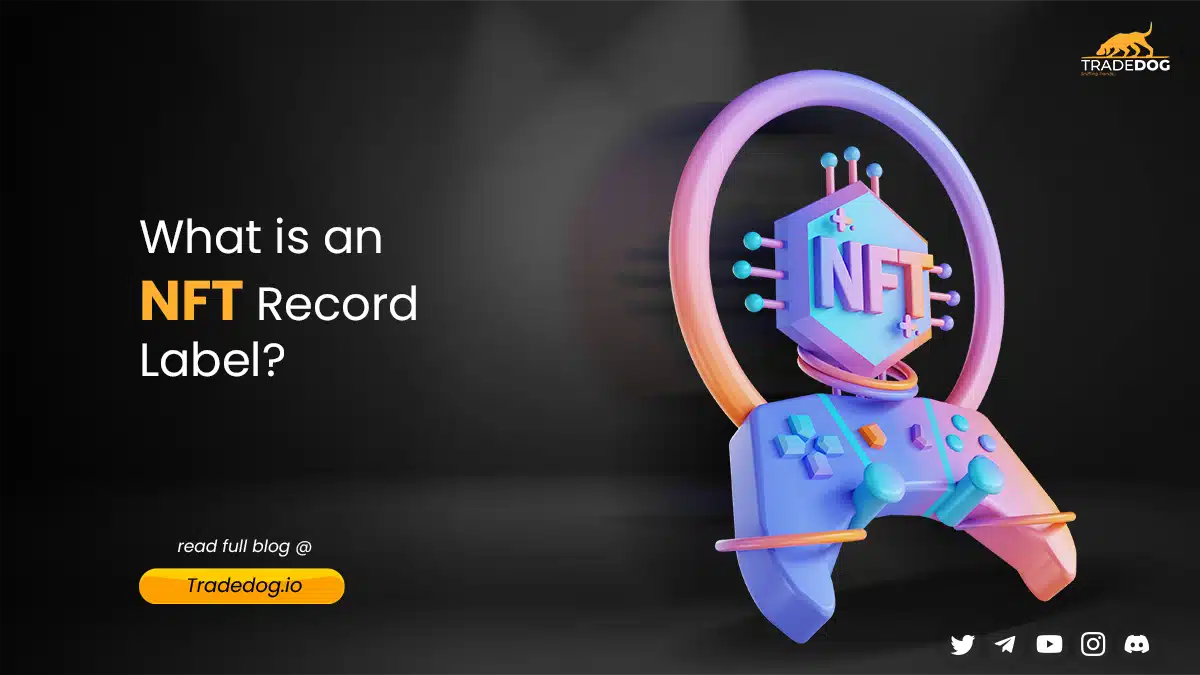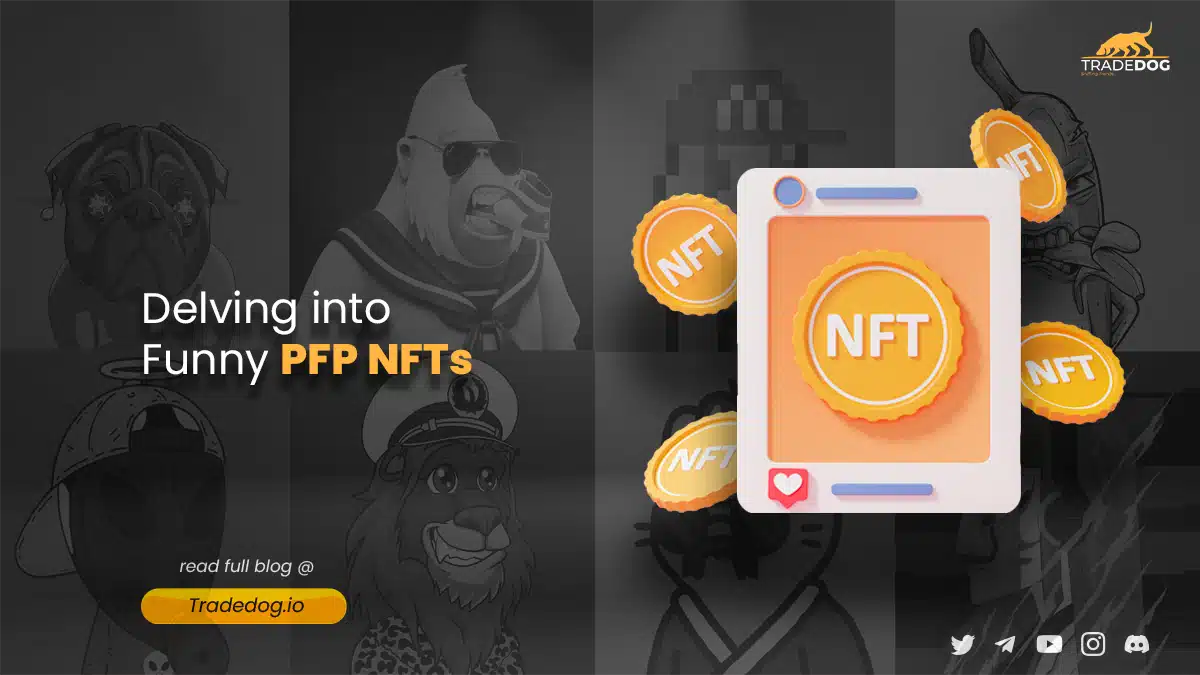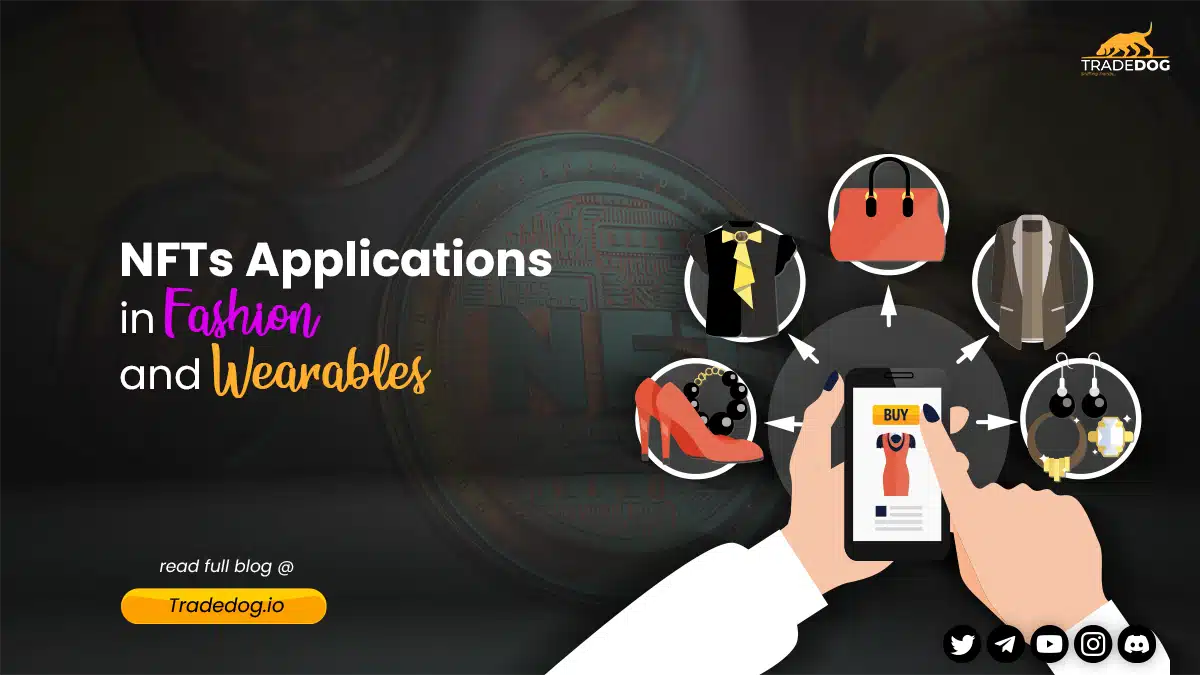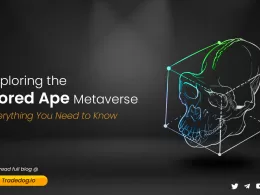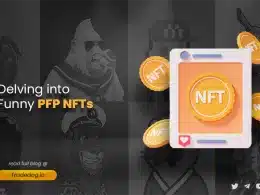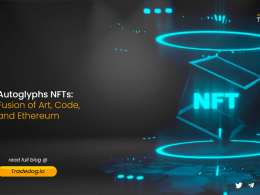Quick Links
NFTs come in all shapes and sizes, when strolling across the marketplaces we surely come across thousands of NFTs, be it a simple art form, or a 3D asset. We also see that these NFTs are almost always too drastically priced. For example, a BAYC can be worth USD 100K whereas another BAYC NFT can be worth $1Mn. Other than that multiple upcoming collections are free to mint. One thing that is often wondered about is the wide disparity in prices of many of these NFTs, some can be free to mint and some can be worth millions of dollars. In this blog, we will further understand the core reasoning behind these drastic differences.
Since its mainstream debut, the non-fungible token (NFT) market has seen billions of dollars in transactions, and that figure is expected to rise even further in the coming years. From celebrities launching their collections to legacy brands embracing technology, there is no shortage of projects and new collections launching every day. Keeping up with the latest NFT releases in such a fast-growing space can be overwhelming, especially for someone new to the market.
So, how can someone be sure that the price they are paying for an NFT is justified? Well, one of the key metrics defining any asset’s price is Rarity!
What is NFT Rarity
Some NFT collections are more valuable than others, but not all digital collectibles are created equal, even within the same collection. The attributes and traits that an NFT possesses within the collection it represents, among other things, determine its rarity. A one-of-a-kind combination of such characteristics can translate to how difficult it is to obtain a specific NFT, influencing its market value.
According to the basic economic concept of scarcity, an NFT with rare characteristics generally sells for higher prices and is more sought-after. Collectibles with a higher rarity rank may even include perks like exclusive memberships and access to limited-edition merchandise.
Factors affecting NFT rarity
Scarcity
Scarcity is seen as one of the key metrics when assessing NFT rarity. The fewer copies exist of an NFT, the more rare and valuable it is. By counting all copies of the NFT that are present on the blockchain, it is possible to understand its rarity.
Characteristics
The rarity of non-fungible tokens can be determined by the various distinct characteristics they possess. These features may include a unique color scheme, an unusual combination of attributes, or a specific theme or subject matter. By comparing and analyzing these traits with other non-fungible tokens in the same category, one can determine the level of rarity of a particular NFT.
Popularity and Demand
The rarity of NFTs can also be influenced by their popularity and demand. In cases where there is a high demand for a particular NFT collection, it is more likely to be considered rare and valuable. One can evaluate the level of demand by analyzing sales data, social media mentions, and other indicators of popularity.
History or Provenance
The rarity of an NFT can be impacted by its history or provenance. If a non-fungible token has a unique background, such as being associated with a famous person or being used in a popular meme, it may be considered rarer and more valuable than other NFTs.
How to calculate the Rarity of an NFT
Some of the techniques to estimate the rarity of NFTs are as follows:
Trait Rarity Ranking
Typically, an NFT is composed of several or multiple traits, also known as features or attributes. The rarest trait method is a simple approach that assigns a rarity score to an NFT based on its rarest attribute. The higher the rarity of the leading trait, the higher the overall rarity rank.
At first glance, it may seem reasonable to determine an NFT’s rarity based on its most exceptional attribute. However, this approach only considers the rarest attribute without examining each rare trait individually, which can result in flawed calculations, like moderately rare traits may be deemed less valuable than another NFT that has a single extremely rare trait and several common traits.
As seen above, any collectible NFT item on OpenSea, like a Bored Ape Yacht Club, has a lot of attributes (or traits), as you can see by looking at it.
Average Trait Rarity
The method takes the average of all the individual traits to calculate the overall rarity score. To illustrate, if an NFT has two traits and trait one has an average rarity score of 20%, while trait two has an average rarity score of 10%, the NFT’s overall average rarity score would be 15% ([20% + 10%] / 2). However, the method has a drawback in that it only takes into account the overall rarity of traits and does not factor in the rarity of a specific trait.
Statistical Rarity
To compute the statistical rarity of an NFT’s traits, this method multiplies the rarity scores of each individual trait. For example, an NFT with two traits, one with a 20% rarity and the other with a 10% rarity, would have an overall score of 2% (20% * 10%). However, this method also has a limitation in that it places too much emphasis on the total rarity of all the traits rather than the rarity of a single trait.
NFT Rarity Score
By using specialized software or platforms that determine and rank NFTs according to their rarity, you can obtain a more thorough breakdown of an NFT’s rarity ranking. By giving users a more thorough understanding of a particular asset, these tools can access blockchain explorers and other data sources to estimate the rarity of an NFT. These tools also consider variables like each NFT’s popularity, trading volume, and ownership history.
Some of the popular rarity tools are as follows:
Rarity.tools
The website was first launched in April 2021 and it initially focused on a few of the most popular NFT collections at the time, such as CryptoPunks and Bored Ape Yacht Club (BAYC). However, it has now evolved into a top rarity tool platform and includes over a thousand collections. The platform displays the overall rarity score and individual rarity scores for each NFT based on its traits. Additionally, it allows users to filter NFTs within a collection by price and rank. If you want to purchase an NFT, rarity.tools will direct you to popular Ethereum marketplaces, OpenSea and LooksRare.
Rarity Sniper
Rarity Sniper is a well-received tool for ranking NFTs that provides standard functionalities for filtering and sorting items in a collection based on their price and rank position. The platform supports NFTs from Ethereum, Polygon, Cronos, and other networks, and currently has nearly 2,000 listed collections. If you need to quickly filter NFT stats, you can visit its Discord channel and use the bot. Rarity Sniper allows users to purchase NFTs from various marketplaces, although the supported marketplaces depend on the NFT collection. OpenSea, LooksRare, X2Y2, Rarible, Gem.xyz, and OKX NFT Marketplace are among the marketplaces linked to Rarity Sniper.
Rarity Sniffer
Rarity Sniffer is a platform that quickly accesses and evaluates NFT collections as soon as information is released on the blockchain. Additionally, the platform identifies and gathers data on upcoming NFT collections, as suggested by its name. For the most recent and timely NFT scores, you may want to try out this rarity tool.
According to their website, they have over 10,000 NFT collections currently available. However, Rarity Sniffer currently operates solely on the Ethereum network and redirects users to OpenSea to make purchases.
Importance of rarity for NFT valuation
The value of an NFT, like physical artwork, is influenced by various factors. Rarity plays a crucial role in determining the market value of an NFT. However, other factors such as the NFT’s specific use cases, aesthetic qualities, exclusive community access, and the reputation of the project’s founding team or creator can also impact its demand.
Moreover, the price of an NFT can be determined differently based on the specific attributes that the community values. For instance, an NFT without any rare features that were the first in a popular collection might be more sought-after by some than a statistically rare NFT.
Conclusion
While rarity is an essential attribute used to assess an NFT, it should be viewed as one of several factors, rather than the sole determinant of value. It is impossible to predict an NFT’s value quantitatively, and some collectors may prioritize an NFT’s visual appeal over its rarity. It is always advisable to conduct thorough research (DYOR) and understand all the risks involved before investing your funds in any digital collectibles.





